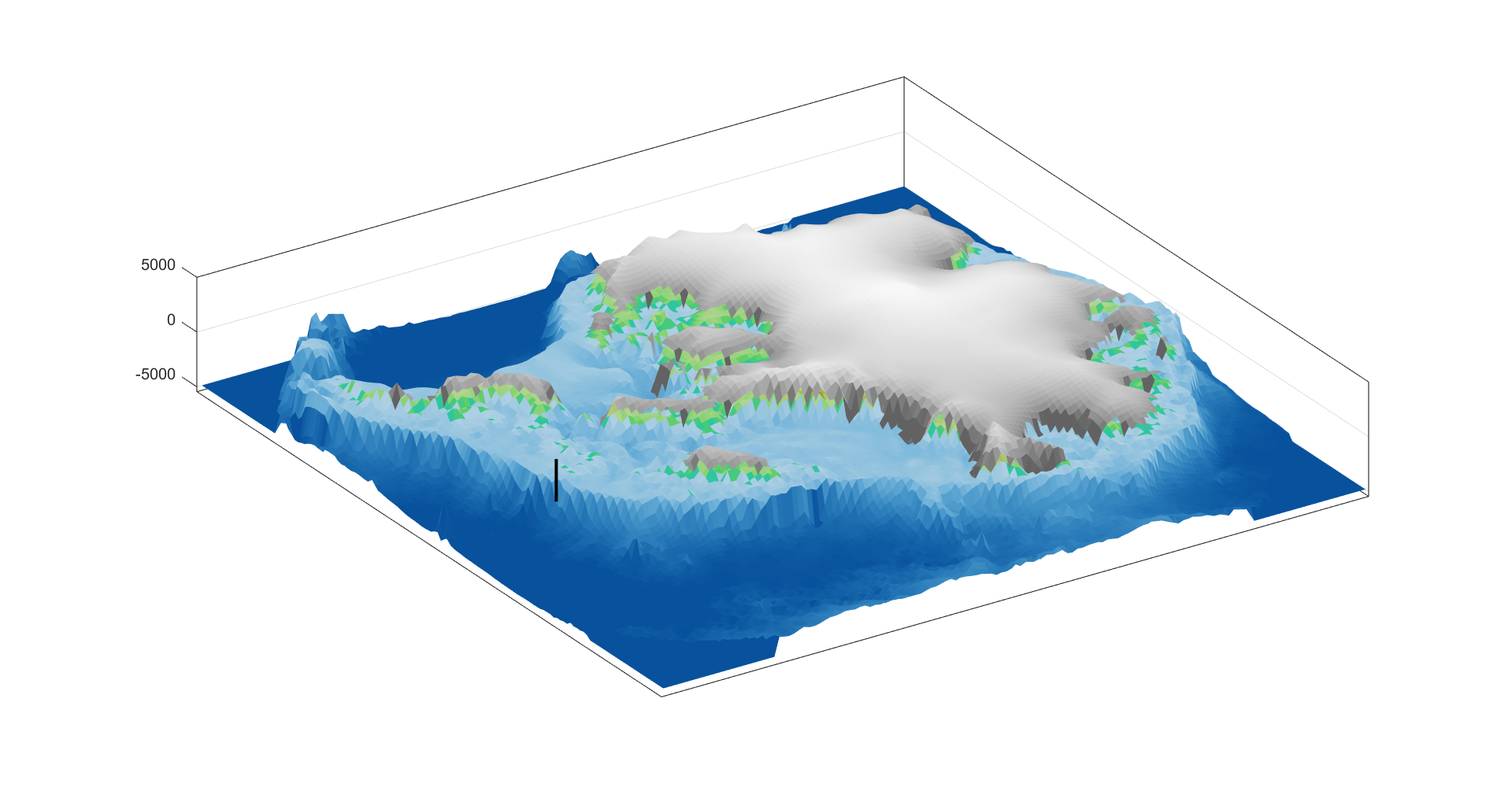In defense of ‘surveillance pricing’: Why personalized prices could be an unexpected force for equit
Fans of redistribution may find something good in the latest AI-powered development in pricing.
Surveillance pricing has dominated headlines recently. Delta Air Lines’ announcement that it will use artificial intelligence to set individualized ticket prices has led to widespread concerns about companies using personal data to charge different prices for identical products. As The New York Times reported, this practice involves companies tracking everything from your hotel bookings to your browsing history to determine what you’re willing to pay.
The reaction has been swift. Democratic lawmakers have responded with outrage, with Texas Rep. Greg Casar introducing legislation to ban the practice. Meanwhile, President Donald Trump’s new chair of the Federal Trade Commission has shut down public comment on the issue, signaling that the regulatory pendulum may swing away from oversight entirely.
What’s missing in this political back-and-forth is a deeper look at the economics. As a business school professor who researches pricing strategy, I think the debate misses important nuances. Opponents of surveillance pricing overlook some potential benefits that could make markets both more efficient and, counterintuitively, more equitable.
What surveillance pricing actually is
Surveillance pricing differs from traditional dynamic pricing, where prices rise for everyone at times of peak demand. Instead, it uses personal data – browsing history, location, purchase patterns, even device type – to charge a unique price based on what algorithms predict you’re willing to pay.
The goal is to discover each customer’s “reservation price” – the most they’ll pay before walking away. Until recently, this was extremely difficult to do, but modern data collection has made it increasingly feasible.
An FTC investigation found that companies track highly personal consumer behaviors to set individualized prices. For example, a new parent searching for “baby thermometers” might find pricier products on the first page of their results than a nonparent would. It’s not surprising that many people think this is unfair.
The unintended progressive tax
But consider this: Surveillance pricing also means that wealthy customers pay more for identical goods, while lower-income customers pay less. That means it could achieve redistribution goals typically pursued through government policy. Pharmaceutical companies already do this globally, charging wealthier countries more for identical drugs to make medications accessible in poorer nations. Surveillance pricing could function as a private-sector progressive tax system.
Economists call it “price discrimination,” but it often helps poorer consumers access goods they might otherwise be unable to afford. And unlike government programs, this type of redistribution requires no taxpayer funding. When Amazon’s algorithm charges me more than a college student for the same laptop, it’s effectively running a means-tested subsidy program – funded by consumers.
The two-tier economy problem
In my view, the most legitimate concern about surveillance pricing isn’t that it exists, but how it’s implemented. Online retailers can seamlessly adjust prices in real time, while physical stores remain largely stuck with uniform pricing. Imagine the customer fury if Target’s checkout prices varied by person based on their smartphone data: There could be chaos in the stores. This digital-physical divide could also create unfair advantages for tech-savvy companies while leaving traditional retailers behind. That would raise fairness considerations for consumers as well as retailers.
This is related to another force that could limit how far surveillance pricing can go: arbitrage, or the practice of buying something where it is cheaper and selling it where it is more expensive.
If a system consistently charges wealthy customers $500 for items that cost poor customers $200, it creates opportunities for entrepreneurial intermediaries to exploit these price gaps. Personal shopping services, buying cooperatives or even friends and family networks could arbitrage these differences, providing wealthy customers access to the lower prices while splitting the savings. This means surveillance pricing can’t discriminate too aggressively – market forces will erode excessive price gaps.
That’s why I believe the solution isn’t to ban surveillance pricing entirely, but to monitor how it is put in practice.
The regulatory sweet spot
The current political moment offers a strange opportunity. With Republicans focused on AI innovation and Democrats fixated on bans, there’s space for a more sophisticated position that embraces market-based redistribution while demanding strong consumer protections.
In my view, smart regulation would require companies to disclose when personal data influences pricing, and would prohibit discrimination based on protected characteristics such as race, color or religion – and this list needs to be created extremely carefully. This would preserve the efficiency benefits while preventing abuse.
Surveillance pricing based on desperation or need also raises unique ethical questions. Charging a wealthier customer more for a taxi ride is one thing; charging someone extra solely because their battery is low and they risk being stranded is another.
As I see it, the distinction between ability to pay and urgency of need must become the cornerstone of regulation. While distinguishing the two may seem challenging, it’s far from impossible. It would help if customers were empowered to report exploitative practices, using mechanisms similar to existing price-gouging protections.
A solid regulatory framework must also clarify the difference between dynamic pricing and surveillance-based exploitation. Dynamic pricing has long been standard practice: Airlines charge all last-minute travelers higher fares, regardless of their circumstances. But consider two passengers buying tickets on the same day – one rushing to a funeral, another planning a spontaneous vacation. Right now, airlines can use technology to identify and exploit the funeral attendee’s desperate circumstances.
The policy challenge is precise: Can we design regulations that prevent airlines from exploiting the bereaved while still allowing retailers to offer discounts on laptops to lower-income families? The answer will determine whether surveillance pricing becomes a tool for equity or exploitation.
Aradhna Krishna does not work for, consult, own shares in or receive funding from any company or organization that would benefit from this article, and has disclosed no relevant affiliations beyond their academic appointment.
Read These Next
West Antarctica’s history of rapid melting foretells sudden shifts in continent’s ‘catastrophic’ geo
A picture of what West Antarctica looked like when its ice sheet melted in the past can offer insight…
How the ‘slayer rule’ might play a role in determining who will inherit wealth from Rob Reiner and h
These rules have a long history in the United States. They played a role in the notorious murders by…
From truce in the trenches to cocktails at the consulate: How Christmas diplomacy seeks to exploit s
World leaders like to talk up peace at Christmastime. But alongside the tales of seasonal breaks in…






